Quick facts
- Population: 5,426,252 (2016)
- Capital: Bratislava
- Geographical size: 49,035 km2
- GDP: €80.958 billion (2016)
- Official EU language(s): Slovak
- Currency: Euro
Higher education in Slovakia
- Number of higher education institutions: 36
- Number of students in higher education: 221,200 (2012, Euromonitor International from national statistics/UNESCO)
- Number of international students in higher education: 9069 (2012, UNESCO)
- Language of instruction: Most higher education programmes in Slovakia are taught in Slovak, but you will find many taught in English (and sometimes in other languages, e.g. German, French, Hungarian, Russian, Spanish), too.
- Typical tuition fees: Students studying full-time in Slovakia without exceeding the standard length of study do not pay a tuition fee, if they study a programme offered in Slovak language. However, they usually must pay a tuition fee if their full education is carried out in another language.
The tuition fees for study programme at any level are set by each institution individually. Fees for study programmes offered in foreign language vary from 700 € to 10,000 € per one academic year.
Information on fees for all programmes can be obtained from the international relations office of the respective institution. - Average length of a full-time higher education programme in Slovakia:
- Bachelor’s degree programme: 3 – 4 years
- Master’s degree programme: 2 – 3 years
- Doctorate/PhD: 3 – 4 years
Overview
Slovakia – or the ‘Little Big Country’ as we say – has been a member state of the European Union since 2004. It is located in the heart of Europe, with the Danube River on the West-South and with the border to Ukraine in the East.
Slovakia is a progressive and dynamic country, but also a traditional one, and thus very diverse. The society has gone through dynamic changes in the last 2 – 3 decades. From central economic planning to a fully open market economy, Slovakia is now the biggest car producing country (per capita) in the world. Modern technologies are being applied not only in the car industry, but also for example in the production of audio-visual home appliances. Innovations and new services are nowadays an important factor for us. New companies are started every day, new objects or city landmarks emerge, life conditions are improving, but we keep our traditional values as well.
Slovaks are skilful and resourceful people who have managed to succeed with successful and innovative companies and projects which are respected also by a demanding international community.
We are well represented in science, culture and sports. World-changing inventions are associated with the names of Joseph Maximiliam Petzval (inventor of photographic objective lens), Jozef Murgaš (inventor of the wireless telegraph), Jan Bahýľ (inventor of the helicopter), Štefan Banič (inventor of the parachute), Aurel Stodola (founder of the theory of steam and gas turbines), Ivan Alexander Getting (inventor of GPS), and others. In the field of culture, we are internationally famous for the founder of pop art, Andy Warhol, as well as for opera singing, painting and photography. Slovakia is also coloured by a very rich, old and diverse folk culture of songs, music, dances, fairy tales and art. Some of the most popular sports include ice hockey, football and cycling.
With a university diploma, the chances to find a job in Slovakia are high. International students from outside the European Union studying in Slovakia full-time can work during their studies for up to 20 hours a week – and after finishing their studies at a Slovak university, they can work in Slovakia without any special work permit.
Studying in Slovakia is not only about a professional career, it is also about getting to know the country, the culture, the nature… Slovak universities offer their students a lot of extracurricular activities, especially when student organisations are involved – you can do sports, sing in a choir, go hiking in the mountains with other students and much more.
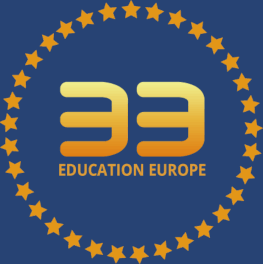

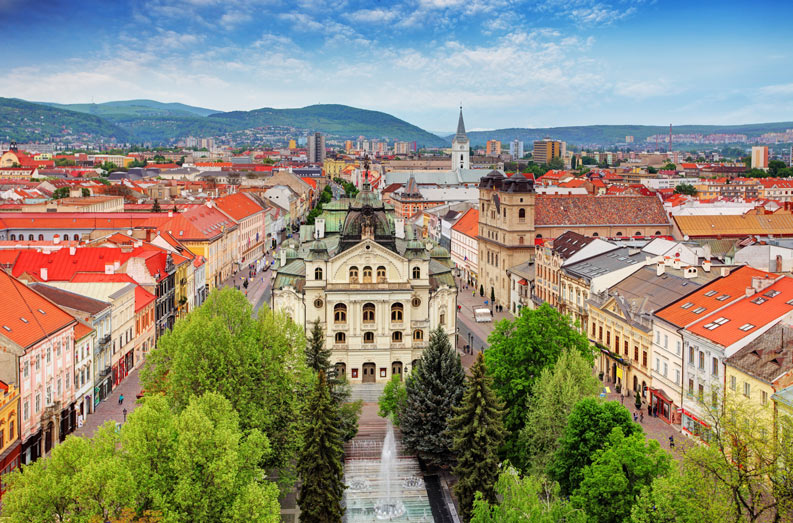
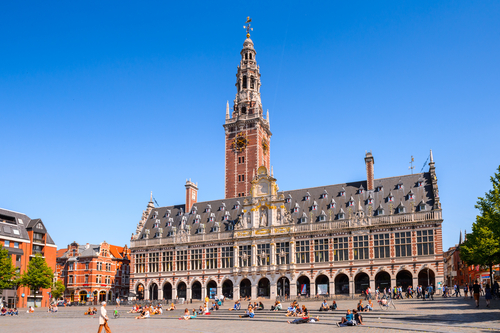
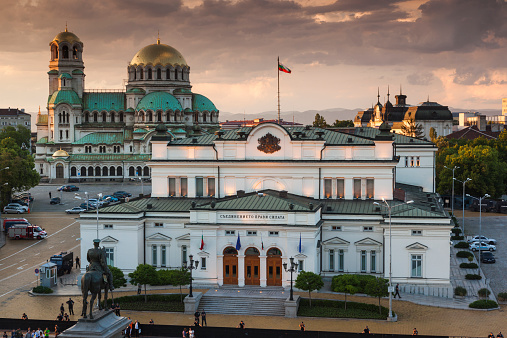


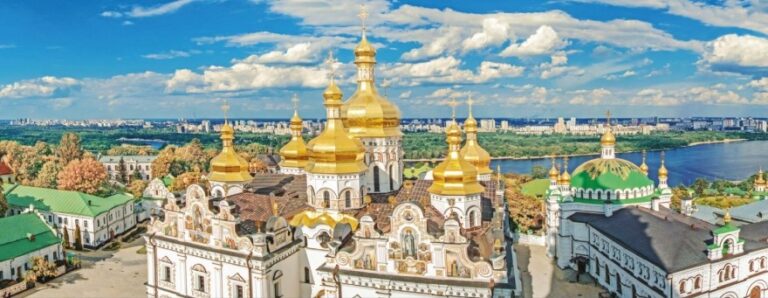

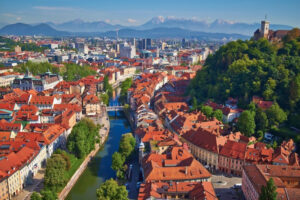

It uses a dictionary of over 200 Latin words, combined with a handful of model sentence structures, to generate Lorem Ipsum which looks reasonable.
It uses a dictionary of over 200 Latin words, combined with a handful of model sentence structures, to generate Lorem Ipsum which looks reasonable.
The generated Lorem Ipsum is therefore always free from repetition, injected humour, or non-characteristic words etc.
The standard chunk of Lorem Ipsum used since the 1500s is reproduced below for those interested.